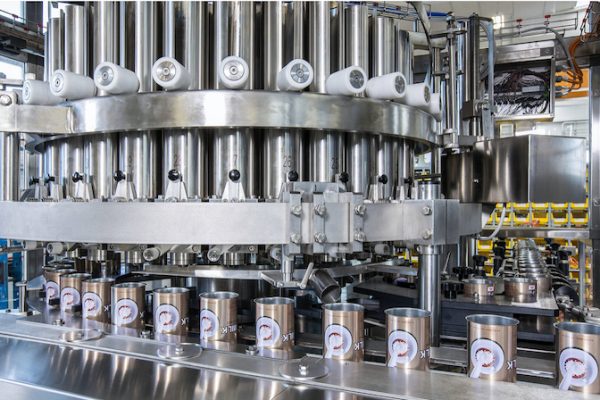Project Report For Canning Unit
Introduction
The Project Report For Canning Unit is as follow
Canning is an expensive technique, despite the fact that the products last longer. Because India is price-sensitive, canned food is not widely used. Canning is a method of food preservation that involves placing foods in jars or similar containers and heating them to a temperature that kills microorganisms that cause food to spoil. During the heating process, the air is forced out of the jar, forming a vacuum seal as it cools. Canning has a shelf life that normally extends from one to five years, though it can be much longer in some circumstances. Gujarat Enterprise is India’s largest supplier of canned food.
Food preservation is ensured by canning or hermetic sealing in metal or glass containers after heat sterilisation, both through the killing of spoilage organisms present in materials and the preservation of infection from outside sources. Canning encompasses almost all methods of preservation, with the exception of cold storage and dehydration, and the materials handled include fruits and vegetables, fish and meat products, and milk and dairy products, but not powder and dry solids such as biscuit, cocoa, and coffee, which are sealed in tinplate containers for protection against insects, dust, and moisture. Canning is a simple and effective way to store vegetables for later consumption, especially during the off-season and in isolated places.

Processing Methods of Canning Unit
Aspartic Canning:- In this approach, food is first heated before being loaded and packaged into a sterile container. This is done for fluid food.
Conventional Canning:- In this approach, food is first placed in a hermetically sealed container before being heated.
Processing Equipment: Retort :– Retorts are high-temperature pressure cookers that treat low and medium acid meals packed in metal and glass jars. Retort efficiency is boosted by supplying agitating movements within the apparatus.
Cooling :- The temperature of the food inside can reach 100°C or greater during heat processing. If the cans are kept at this temperature for an extended period of time, the heat energy will harm the nutrients. Food cans must be chilled to roughly 43°C to avoid nutritional loss and overcooking. This temperature is appropriate for cooling cans, which will be dried by their own internal heat. After heat processing, cans can be cooled using sophisticated retorts. Cans can be chilled on a small scale by spraying cold water or by exposing them to running cold water and then drying.
Labeling :- There are two methods for labelling. Labelling on cans with lasers and labels printed on paper that are glued to cans. Modern cans have laser labelling and are utilised on a big scale. Paper printed labels are commonly used at home or in small factories. That are glued to the container.
Storing and packing :- Although adequate heat processing is used to protect food against spoiling. However, if canned food is stored at a higher temperature, some chemical reactions and microbial attack can still occur. As a result, canned foods should be stored in a cold, dry environment. This increased the food’s shelf life. Several cans are placed into appropriate-sized boxes for transportation to remote locations.
Market Potential of Canning Unit
The global canned food market was worth USD 91.90 billion in 2019 and is expected to be worth USD 100.92 billion by 2027, growing at a CAGR of 1.30% between 2020 and 2027.
Canned foods are those that have been produced and then preserved by being sealed in an airtight container to increase their shelf life. Canned meals have a good nutritional value and take less time to prepare; this aspect will contribute to the market’s growth.
Furthermore, due to an increase in disposable income and a shift in dietary tastes, many consumers are opting for canned goods, which will help to boost demand and thus market growth.. In addition, the canned food market is expected to grow in the next years as international key players increase their engagement in the country through new product launches and investments. Consumers’ growing health concerns are boosting demand for nutrient-dense convenience meals like canned vegetables.
Furthermore, the working population’s hectic lifestyles are pushing them to convert to canned veggies, which is fueling market growth. More than a third of the entire canned food market share was taken up by canned meat and fish. Seafood, meat, fruits, vegetables, meals, sweets & desserts, soups & sauces, beans, lentils, and pastas are among the various canned food products available on the market. Because the canning technique preserves many critical elements, canned food items have become one of the most popular preserved food products on the market.
Project Report Sample On Canning Unit
Need Help?
Create 100% Bankable Project Report
